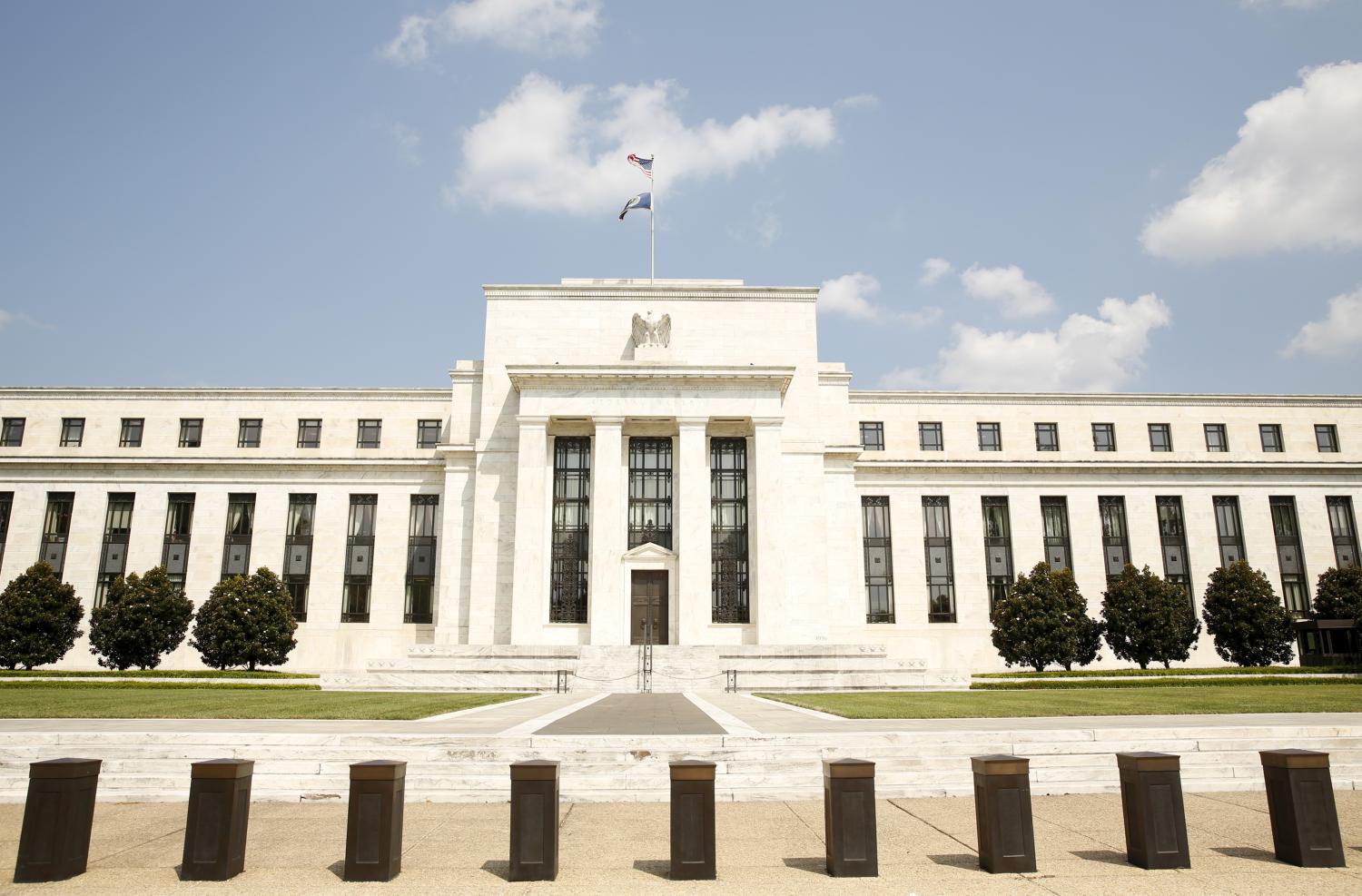In “Rules versus Discretion: A Reconsideration,” former President of the Federal Reserve Bank of Minneapolis Narayana Kocherlakota finds that reliance on monetary policy rules—the so-called Taylor Rule—led the Federal Reserve to react too timidly in the wake of the Great Recession, and that enshrining the Taylor Rule into law would be a mistake and hamstring the Fed in future crises. Internal documents from Federal Open Market Committee (FOMC) meetings in 2009 and 2010 suggest that adherence to the Taylor Rule discouraged the FOMC from taking additional steps that would have further stimulated the economy and expedited post-crisis recovery.
Kocherlakota argues that, contrary to today’s broad consensus among academic macroeconomists, monetary policymakers would generally produce better results by relying less on monetary policy rules and should instead use more discretion (i.e. make choices on an ongoing basis using available information).
The paper also reflects author Kocherlakota’s experience as president of the Minneapolis Fed, given his participation in FOMC deliberations for 6 years during the recession and recovery, from October 2009 to October 2015. “My comments about the FOMC’s policy perspectives in 2009-10 apply with at least as much force to my own during that time frame,” he writes.
The FOMC is charged by Congress with promoting price stability, defined by the Fed as an inflation rate of 2 percent, and maximum sustainable employment.
But Kocherlakota’s review of internal FOMC documents from 2009 and 2010, made public by the Fed after the traditional 5-year lag, argues that FOMC members’ timetable for achieving their inflation and unemployment goals was too modest. The Taylor Rule, in particular, led committee members to believe it would take 5 years for unemployment to return to its long-run level of 5 percent and even longer for inflation to return to its long-run target of 2 percent. Although the Taylor Rule, a formula for determining how much a central bank should change the nominal interest rate in response to economic conditions, served as a good approximation to the FOMC’s pre-crisis reaction functioning, Kocherlakota asserts its application post-crisis acted as an inappropriate brake on the FOMC’s interest rate response to inflation and activity gaps.
Kocherlakota highlights the fact that the hindrance to recovery due to an over-reliance on rules is not without precedent, citing the classic 1968 analysis of responses to the Great Depression by Karl Brunner and Allan Meltzer that concluded “the Federal Reserve’s poor performance in 1929-30 was attributable to its excessive reliance on its pre-1929 policy framework.”
Kocherlakota supplements his analysis of the 2009-10 period with an extensive theoretical evaluation of the benefits of discretion relative to rules. He argues that, in general, discretion allows central banks to respond more effectively to information or insights about the evolution of the economy that may be hard to encode into pre-determined rules. Rules do offer protection against pro-inflationary biases, but Kocherlakota documents that there is little evidence of such bias in the past two decades of inflation outcomes in the US.
The lessons in Kocherlakota’s paper seem especially salient given recent congressional efforts to dictate what tools the Fed has available and how it can use those tools. “The House of Representatives has passed legislation that would require the FOMC to treat the Taylor Rule as a key benchmark in its decision-making about policy. This analysis in this paper implies that this move by the House is a mistake…Enshrining the Taylor Rule in statute can only hamstring the Federal Reserve’s response to currently unanticipated events,” Kocherlakota writes.
This paper is part of the Fall 2016 edition of the Brookings Papers on Economic Activity, the leading conference series and journal in economics for timely, cutting-edge research about real-world policy issues. Research findings are presented in a clear and accessible style to maximize their impact on economic understanding and policymaking. The editors are Brookings Nonresident Senior Fellow and Northwestern University Economics Professor Janice Eberly and James Stock, Brookings Nonresident Senior Fellow and Harvard University economics professor.
The Brookings Institution is committed to quality, independence, and impact.
We are supported by a diverse array of funders. In line with our values and policies, each Brookings publication represents the sole views of its author(s).



